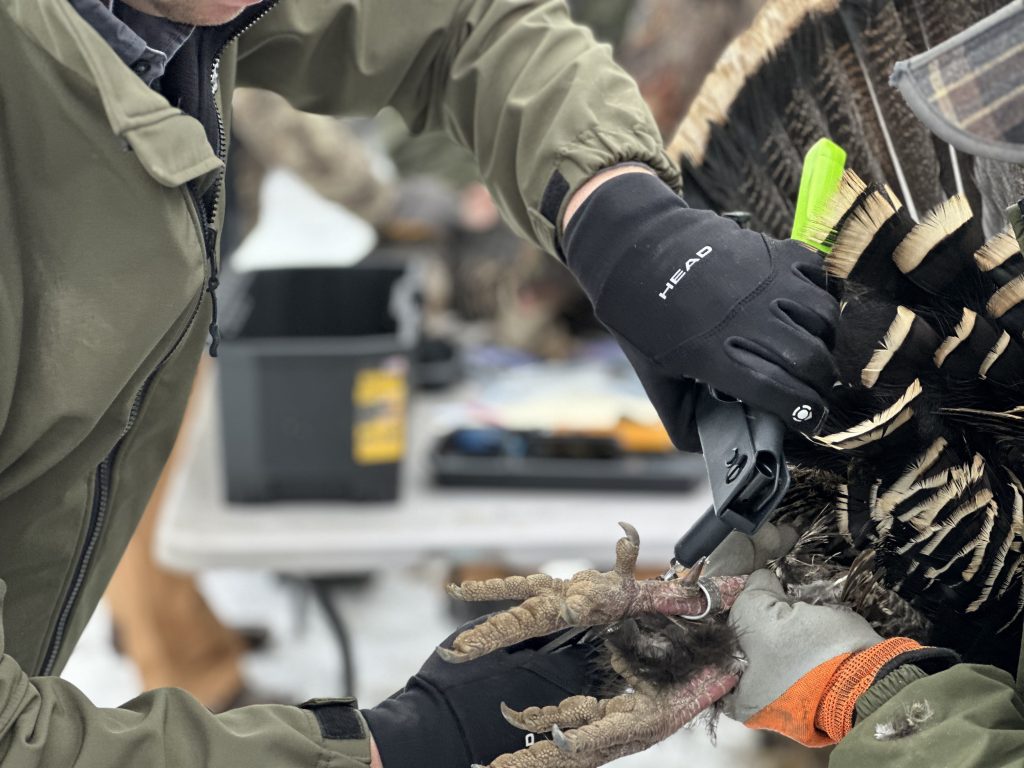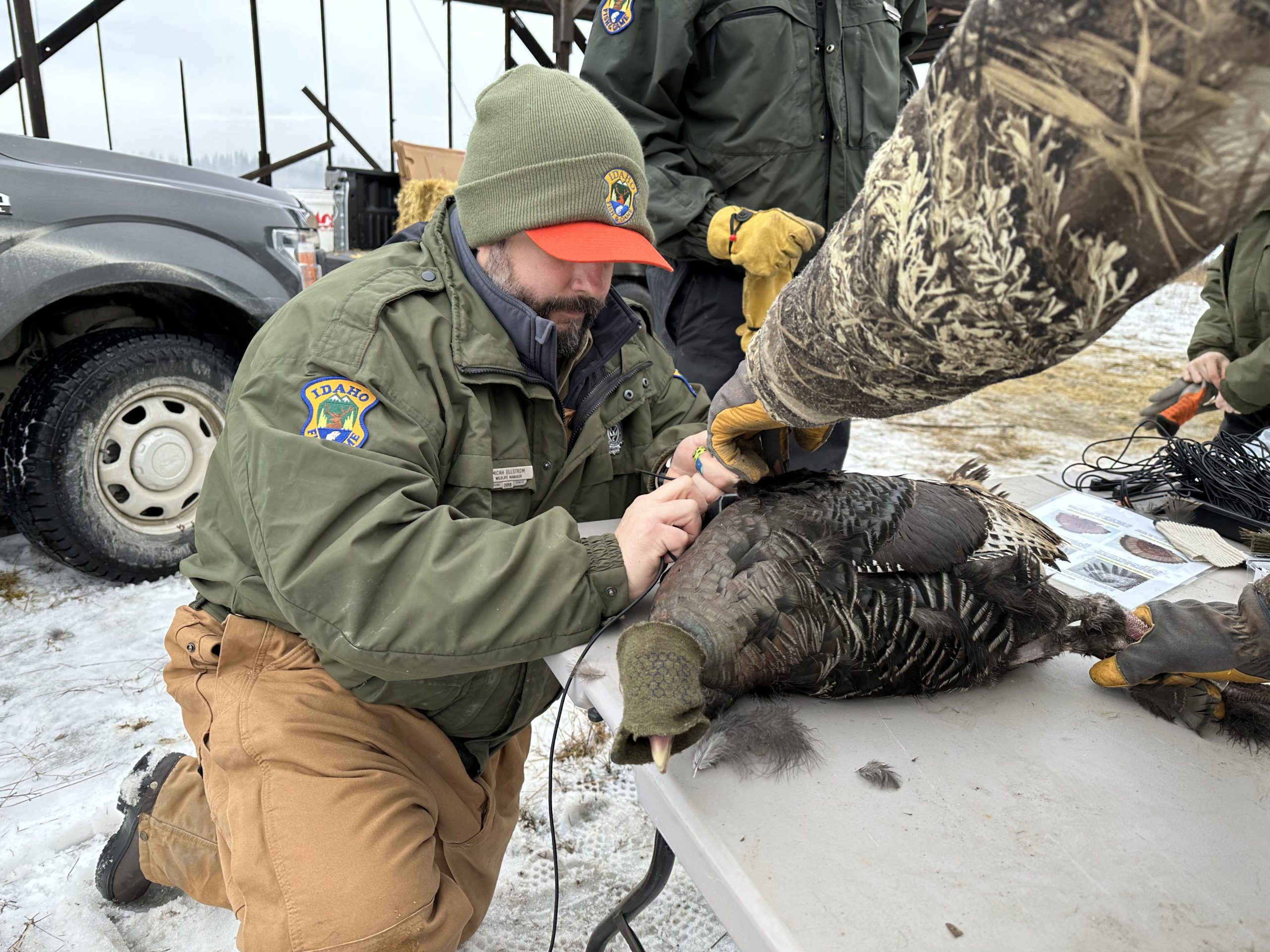A Pioneering Study on North Idaho’s Wild Turkeys
The wild turkey, a cherished game bird in Idaho, holds a significant place in the hearts of hunters and wildlife conservationists alike. However, despite its importance, there's a notable gap in our understanding of wild turkey behavior, particularly in the northern regions of the state.
Historically, research on wild turkey ecology in Idaho has been limited, with most studies focusing on the west-central and southwestern regions of the state. To date, little to no contemporary research has been conducted on wild turkeys in Idaho's northern reaches. This lack of knowledge has prompted researchers to launch a groundbreaking study aimed at shedding light on the ecology of wild turkeys in north Idaho.
Led by the Idaho Department of Fish and Game, this study is designed to fill the gaps in our knowledge by investigating key aspects of wild turkey ecology, including reproduction, survival and habitat use.
To bolster this essential research endeavor, the NWTF Idaho State Chapter has contributed $10,000 in support of this study of wild turkeys in northern Idaho.
“In the Panhandle Region of Idaho, wild turkey populations appear to have steadily increased over the past ten years,” said Micah Ellstrom, regional wildlife manager at the Idaho Department of Fish and Game. “We are working to gather baseline information on wild turkey populations in north Idaho while populations are robust.”
At the heart of this study is an examination of wild turkey nesting, habitat use and survival of turkeys – pivotal factors that shape population dynamics and guide management decisions. To achieve this, researchers have implemented trapping methods coupled with technology to track the movements and behaviors of wild turkeys.
Since the commencement of trapping efforts in December 2023, significant progress has been made. Across various trap sites scattered throughout Bonner and Kootenai Counties, over 130 wild turkeys have been captured.
Of these birds, 30 wild turkey hens have received backpack GPS transmitters and leg bands. These tools provide data on the movements and habitat utilization of these birds, offering invaluable insights into annual survival, as well as their behavior during critical life stages, such as nesting and brood rearing.
The remaining captured birds, all male or juvenile hens, have been fitted with leg bands to gather information about turkey demographics and movements in the study area.

As the study progresses, researchers are closely monitoring the behavior and movements of the hens that received telemetry devices. Preliminary observations suggest that the transmitted hens are exhibiting typical wintering flock behaviors.
“Most birds have remained less than two miles from the capture site,” Ellstrom said. “We expect this pattern to continue until spring dispersal.”
Shedding light on the ecology of North Idaho’s wild turkeys, this effort will pave the way for informed conservation and management strategies to ensure opportunities for individuals to enjoy these natural resources and participate in our hunting heritage for generations to come.
Idaho Fish and Game asks hunters in the region to report any harvested birds with leg bands to the Panhandle Regional office at (208) 769-1414. Hunters can keep the band and receive details about when and where the harvest was banded. Hunter cooperation in this study will assist in improving wild turkey management and ensuring excellent hunting opportunities for all.
